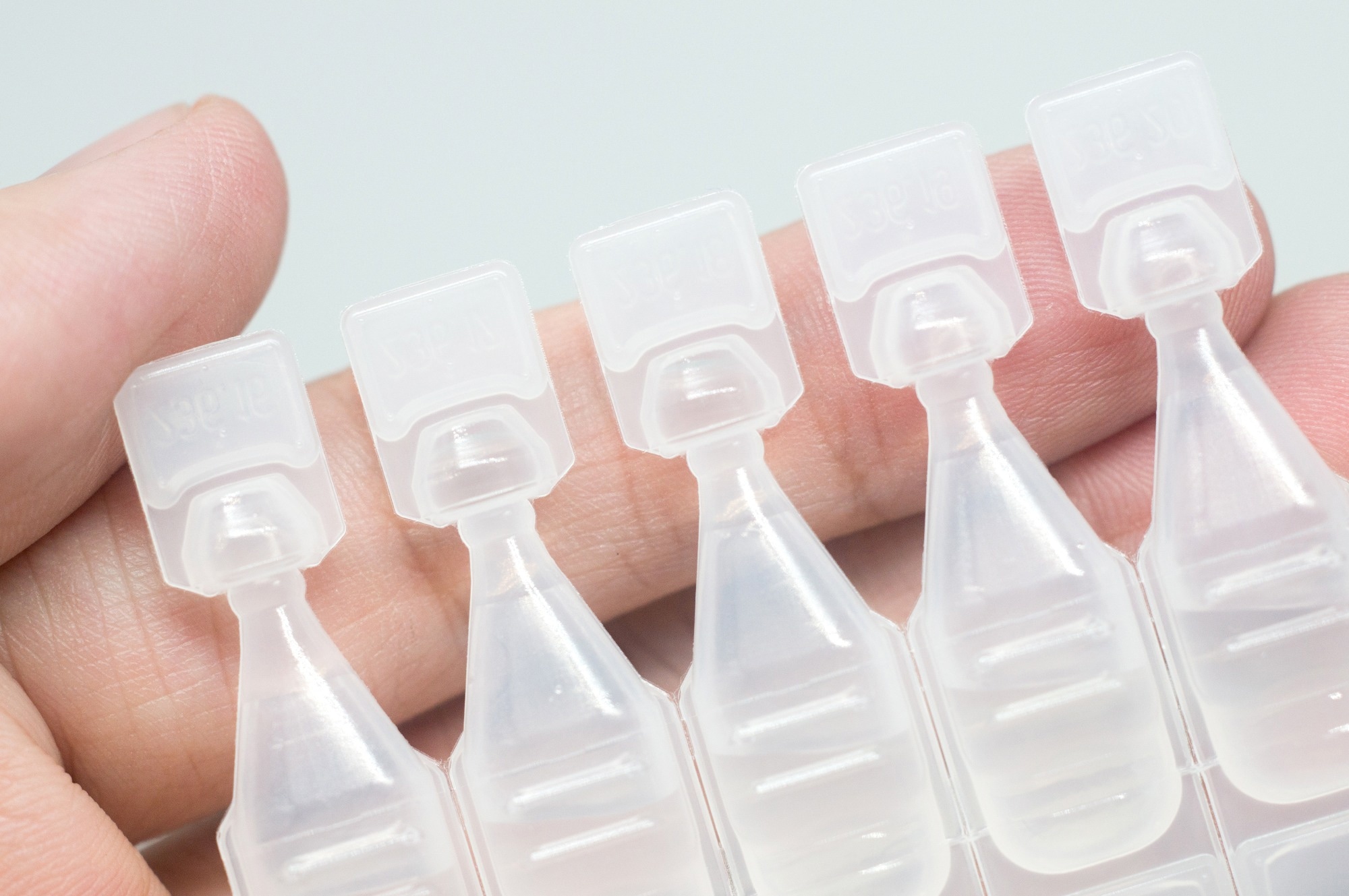Scientists at the Centers for Disease Control and Prevention (CDC), Atlanta, have identified a manufactured medical product as the primary source of extensively drug-resistant pseudomonas aeruginosa outbreaks across the United States.
The study is published in the journal Clinical Infectious Diseases.
 Study: Extensively Drug-Resistant Pseudomonas aeruginosa Outbreak associated with Artificial Tears. Image Credit: Bankoo / Shutterstock
Study: Extensively Drug-Resistant Pseudomonas aeruginosa Outbreak associated with Artificial Tears. Image Credit: Bankoo / Shutterstock
Background
Carbapenemase-producing, carbapenem-resistant Pseudomonas aeruginosa (CP-CRPA) are becoming a major public health concern in the United States, owing to a recent multistate CP-CRPA outbreak. These highly drug-resistant bacteria are responsible for causing high-mortality infections.
In the United States, CP-CRPA outbreaks have primarily been detected within a single healthcare facility or patient-sharing network. Only one multistate outbreak has been reported, which is associated with medical tourism.
To understand the molecular epidemiology of circulating bacterial strains and to inform infection control and public health decision-making, the US Centers for Disease Control and Prevention (CDC) is conducting whole-genome sequencing of CP-CRPA isolates with priority since 2021.
In September 2022, whole-genome sequencing of clinical isolates collected from a CP-CRPA outbreak at a post-acute care facility identified a strain, Pseudomonas aeruginosa sequence type 1203. The strain contains the Verona Integron-mediated metallo-βlactamase variant blaVIM-80 and the Guiana extended-spectrum β-lactamase variant blaGES-9.
Such an unusual combination of genetic features had never been detected in the United States previously. Further analysis of sequenced isolates from the Antimicrobial Resistance Laboratory Network has identified 30 isolates from five states with the same genetic features by mid-October. These isolates were genetically closely related to those collected since May 2022.
In this study, scientists investigated the primary source of this multistate CP-CRPA outbreak.
Study design
The scientists conducted a 1:1 matched case-control study at the post-acute care facility to identify the outbreak source. The cases were defined as a U.S. patient’s first isolation of Pseudomonas aeruginosa sequence type 1203 with blaVIM-80 and blaGES-9 from any specimen source collected and reported to CDC between January 1, 2022, and May 15, 2023. Facility patients with CP-CRPA-negative test results and CRPA-negative culture reports were selected as controls.
The information on medical products, procedures, and devices used in healthcare facilities was collected from the patient's medical records. The products were cultured to detect bacteria, and isolates were subjected to whole-genome sequencing. Phylogenetic analysis of patient- and product-derived sequences was carried out to determine genetic relatedness.
Important observations
The majority of CRPA cases identified before November 2022 were associated with three healthcare facility clusters in three states. In November 2022, a fourth healthcare facility cluster with CRPA infections was identified.
The scientists selected the first 16 cases from the largest facility cluster for the 1:1 matched case-control study. The findings revealed that the cases have a 15-times higher risk of exposure to sterile water for inhalation and a 5-times higher risk of exposure to artificial tears than controls.
The assessment of these exposures across all facility clusters revealed that cases in all four facility clusters had used artificial tears belonging to six different brands. In contrast, only two out of four facility clusters reported using sterile water for inhalation. Based on these findings, scientists focused their investigation on artificial tears.
During the study period, a total of 81 case patients from 18 states were identified. Of these cases, 27 were identified through surveillance cultures, and 54 were identified through clinical cultures. Of 54 case patients with clinical cultures, four died within 30 days of culture sample collection. Of 18 case-patients with eye infections, four underwent enucleation, and 14 became visually impaired within 30 days of culture collection.
About 87% of case patients reported using artificial tears. One brand of artificial tear use was reported by 77% of case patients from all four facility clusters. This was an imported, preservative-free, over-the-counter product. The analysis of opened and unopened bottles of this brand revealed the presence of Pseudomonas aeruginosa sequence type 1203 with blaVIM-80 and blaGES-9.
Phylogenetic analysis of 108 isolates derived from case patients from different states and opened and unopened bottles of the identified artificial tears brand revealed close genetic relatedness. This indicates that this brand of artificial tears is the primary source of the multistate CP-CRPA outbreak.
Study significance
The study identifies a specific brand of over-the-counter artificial tears product as the primary source of CP-CRPA outbreaks in multiple U.S. states. The study findings highlight the need to improve the rules and regulations for over-the-counter medical products in the United States.